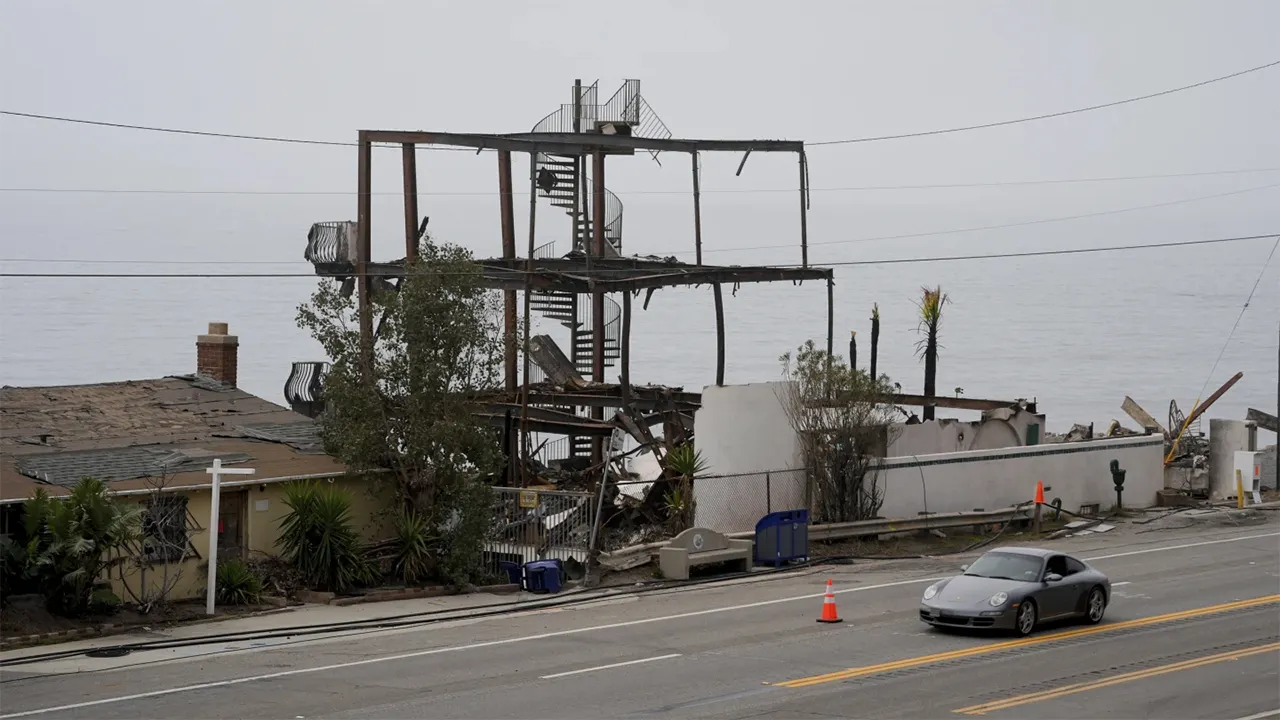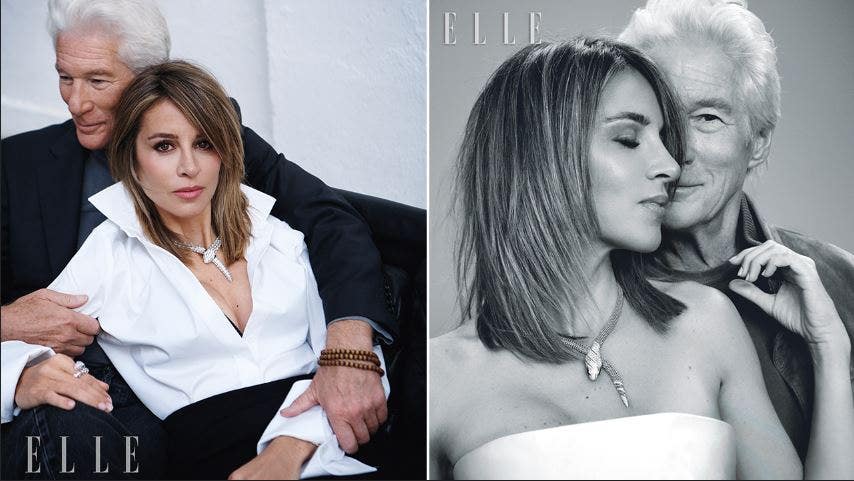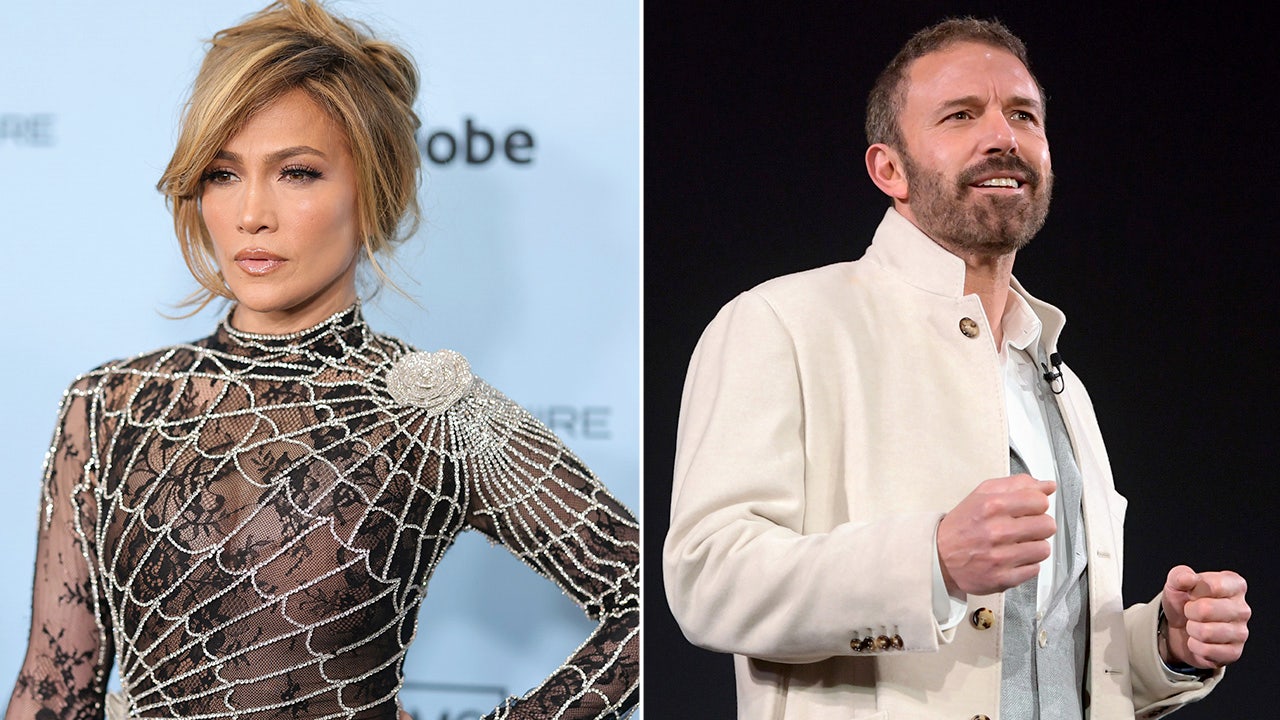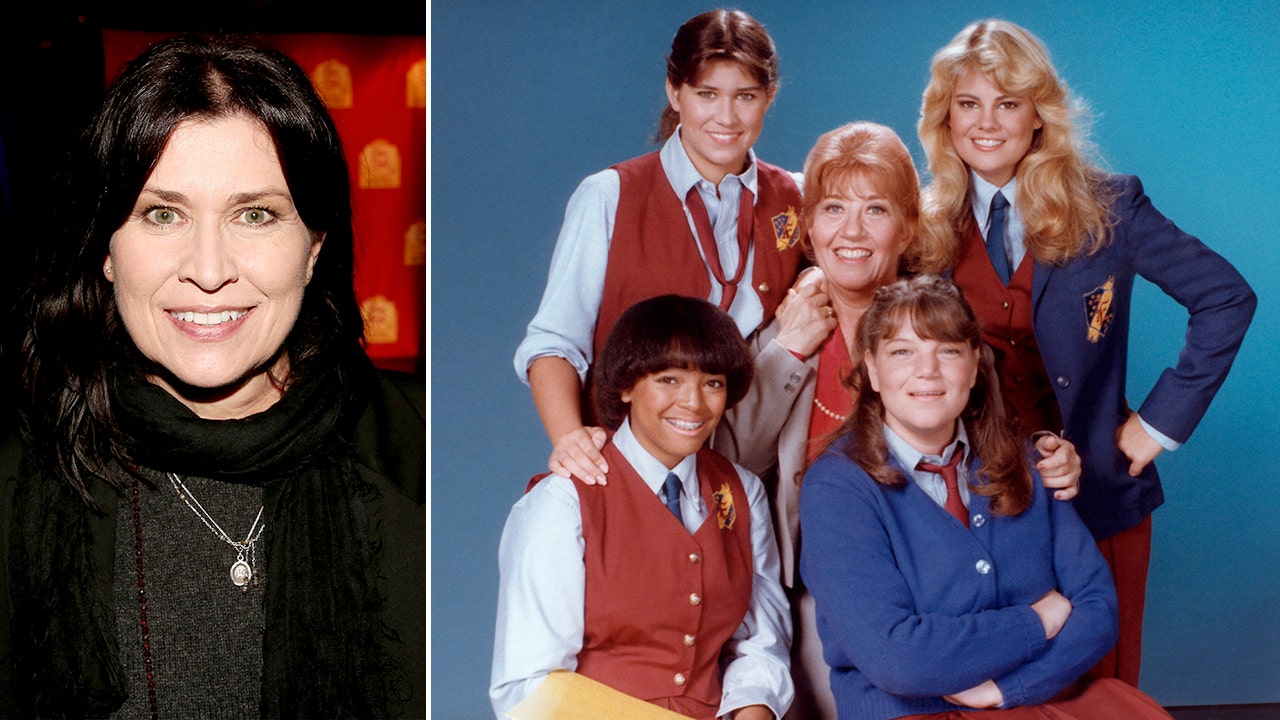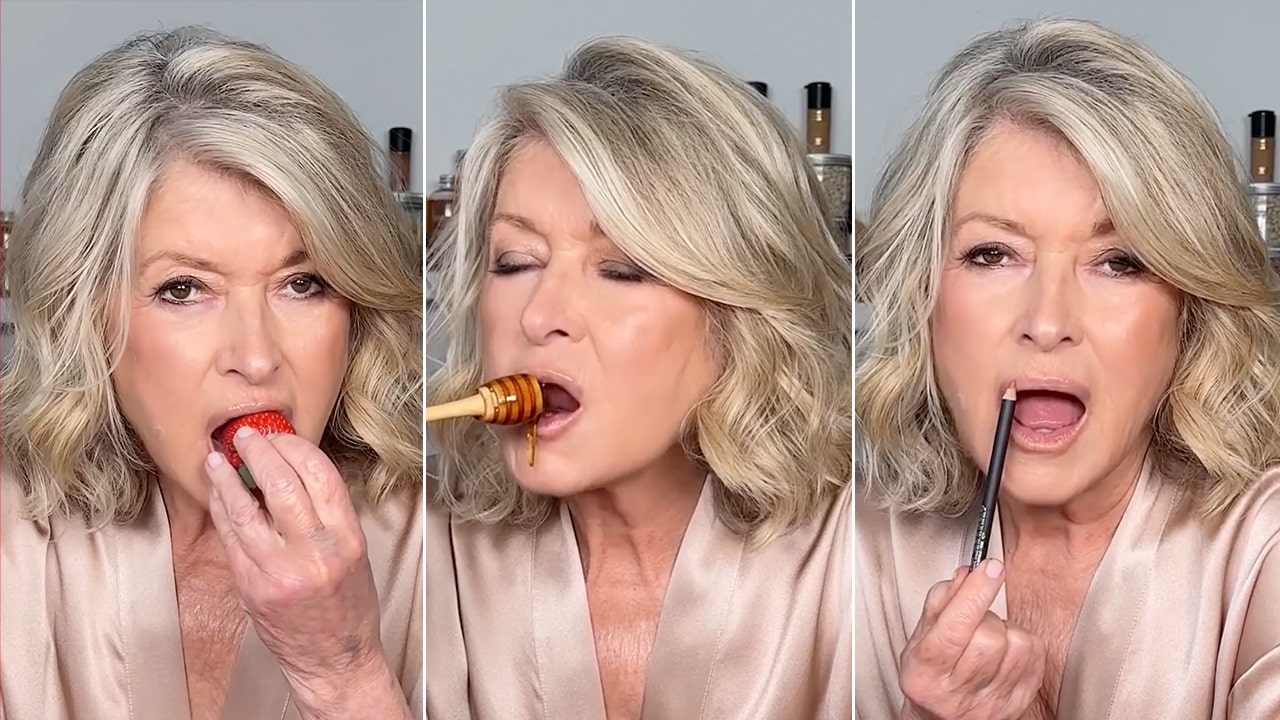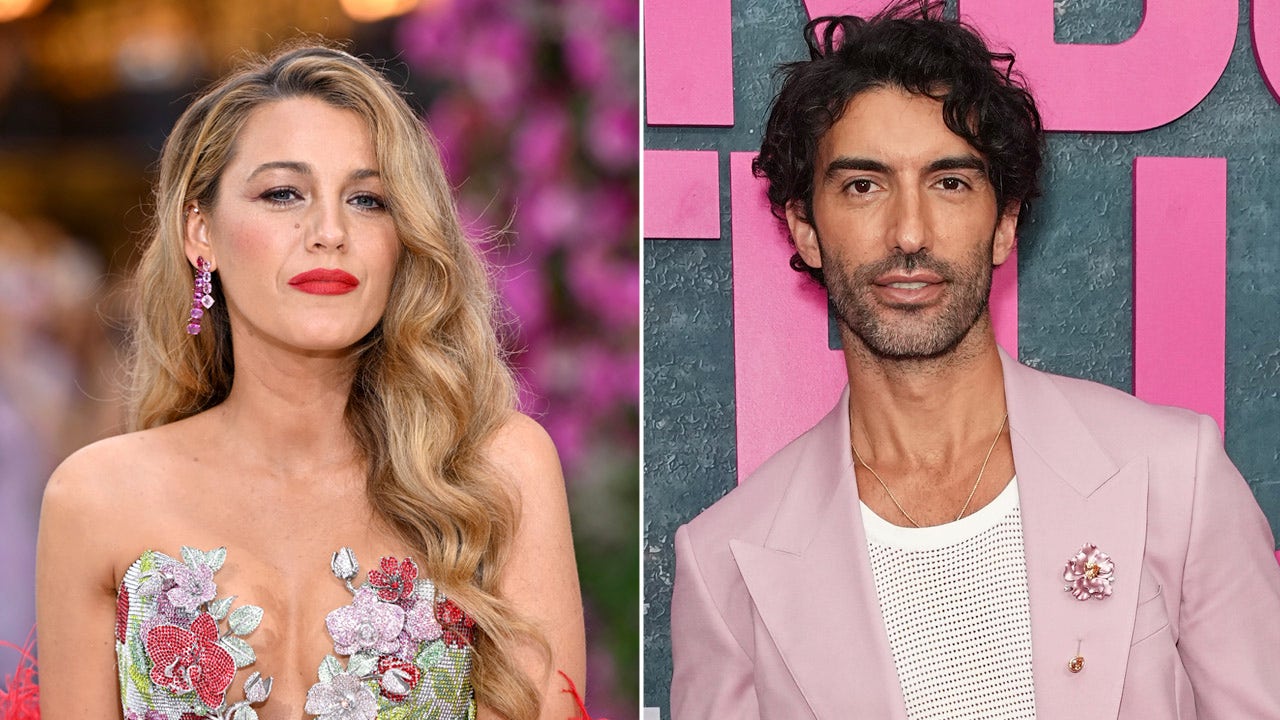Blake Lively Files Federal Suit Against Justin Baldoni: A Path to Court Awaits
Blake Lively, now 37 years old, formally filed a lawsuit against Justin Baldoni with the California Civil Rights Department on December 21, alleging sexual harassment during production. This claim unfolds against the backdrop of her discomfort while collaborating on the drama—an intersection of professional ambition and personal turmoil.
She further accused Baldoni, who also helmed the project, of orchestrating a retaliatory campaign with a public relations team, intending to jeopardize her career. It’s a troubling scenario, revealing the darker side of Hollywood, where the pursuit of artistic endeavor can sometimes lead to dismay and distress.
In an intriguing twist, Lively’s federal complaint was disclosed shortly after Baldoni filed a separate $250 million defamation suit against the New York Times. In his claim, he contended that the publication disseminated an article riddled with inaccuracies and misrepresentations—a common assertion in high-stakes legal battles that often brings a jarring sense of inevitability.
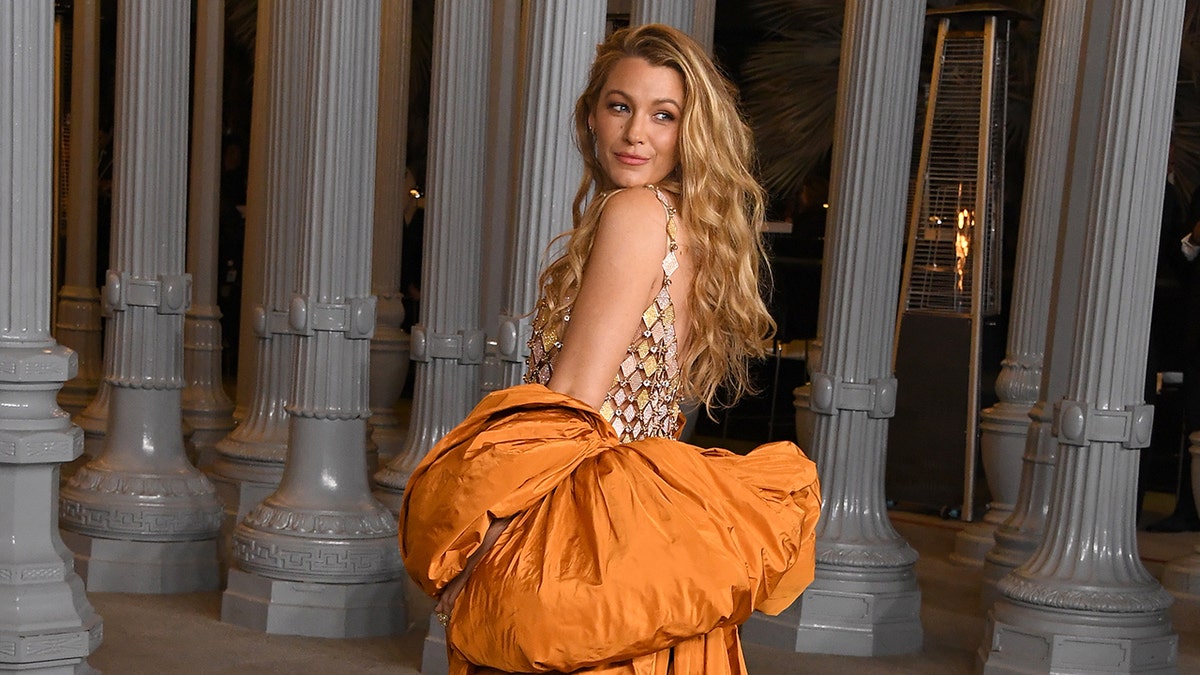
Addressing the public discourse surrounding these allegations, Lively’s representatives stated, “This lawsuit is rooted in the false premise that Ms. Lively’s administrative complaint was merely a ruse.” The firm emphasized that the narrative of the Wayfarer lawsuit being a mere façade for ulterior motives was incorrect. As Lively’s legal battle unfolds, an air of anticipation and reflection permeates both the courtroom and beyond.
The actress, notably known for her role in “Sisterhood of the Traveling Pants,” outlined in her filing how Baldoni and several of his associates at Wayfarer Studios allegedly devised a “coordinated and carefully crafted retaliatory scheme.” This accusation paints a picture of a calculated maneuver to suppress dissenting voices—a haunting illustration of the power dynamics in the entertainment industry.
Moreover, she posited that discussions on set evolved to include inappropriate topics, including the personal sexual experiences of Baldoni and producer Jamey Heath. This unsettling detail adds a layer of complexity to the narrative, inviting questions about the professional boundaries that should exist on film productions.
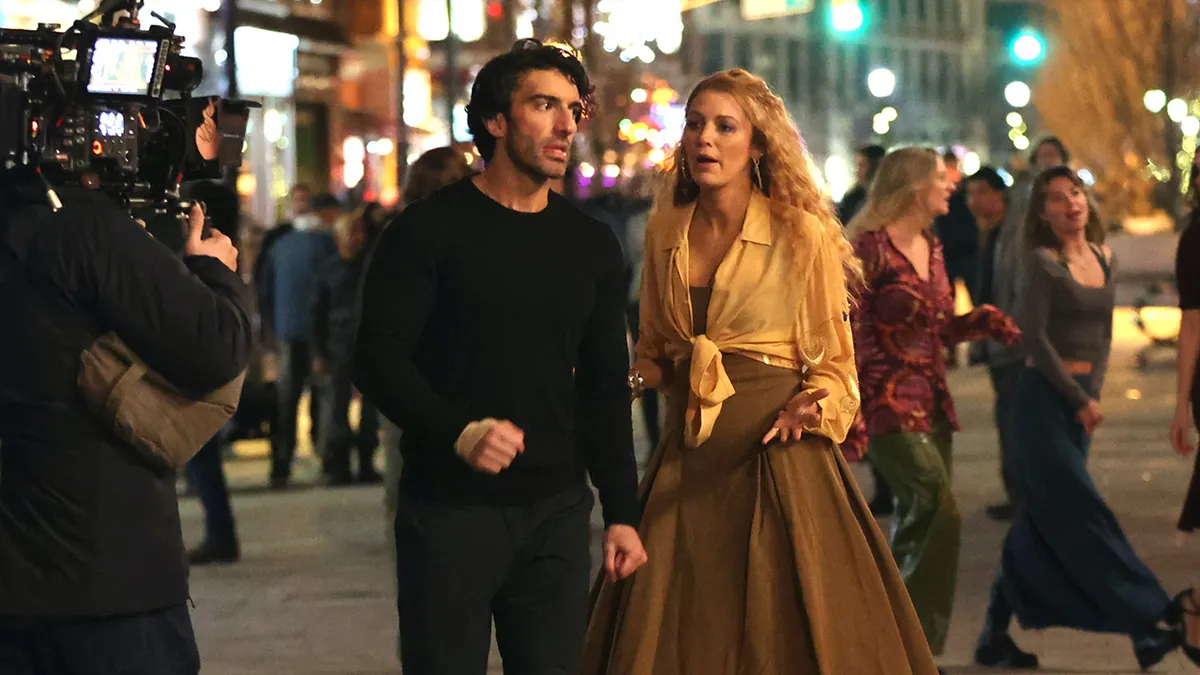
In a dramatic counterstrike, Baldoni not only filed for libel but also raised eyebrows with his claim regarding the New York Times article titled, “We Can Bury Anyone: Inside a Hollywood Smear Machine.” The piece posited that private communications revealed a blueprint for conducting a covert and damaging public relations campaign against Lively. The stakes are profoundly high as both sides prepare to defend their narratives.
As the dust settles around this brewing storm, Baldoni and his co-defendants argue that the Times article omitted critical context that could favor their stance. They assert this omission contributes to a distorted representation of the incidents at hand—a reminder of the powerful impact that media, both mainstream and social, can have on public perception in contentious situations.

In his detailed legal document, which spans 87 pages, Baldoni contended that the article’s misleading title served to encase them in a defamatory image. This situation evokes a deep sense of introspection about the narratives spun within Hollywood, often leaving the truth obscured by elaborate tales meant for public consumption.
Freedman, an attorney for Baldoni, articulated his frustration, stating that the Times compromised journalistic integrity at the behest of powerful figures within Hollywood. The ramifications of such actions ripple through the industry, potentially casting shadows on future narratives. “We intend to vigorously defend against this lawsuit,” he noted, reaffirming the contentious spirit of this legal clash.
The complexities of this situation demand careful consideration and an understanding of the profound implications of allegations that shape public trust in stories told through media. Would this case be another chapter in the ongoing dialogue about the importance of balance in power—both in relationships on set and in the larger arena of public discourse?





